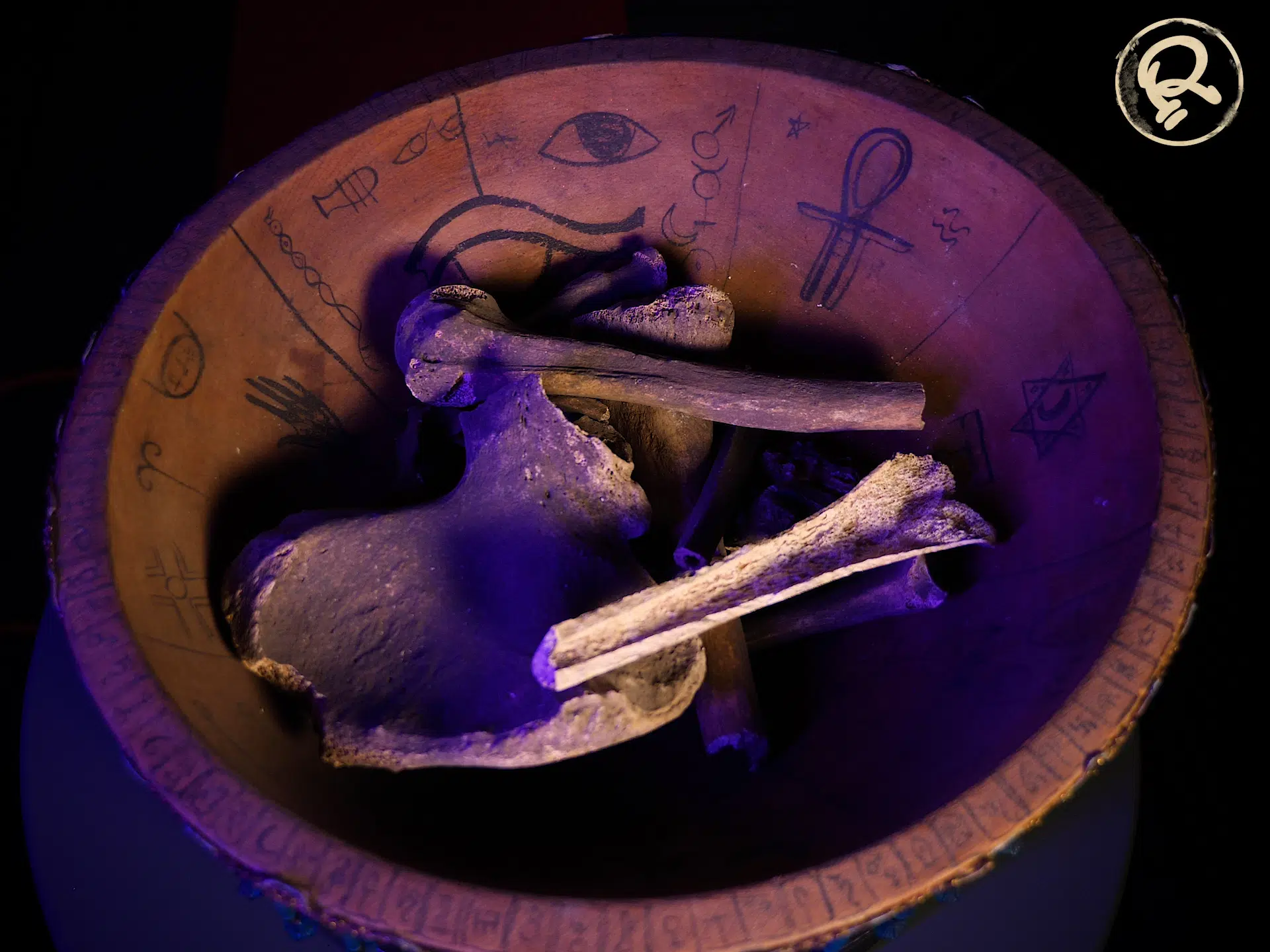Cleromancy, Scrying Bones, And Witch Initiation
Featured in Ripley's Believe It or Not!

For millennia, society has turned to witches, prophets, and shamans to perceive the future and offer guidance. The seer subculture has long fascinated western culture, from the soothsayer warning about the Ides of March in Shakespeare’s Caesar to the Red Woman—Melisandre—in Game of Thrones, fortune telling has left its mark in the dark channels of real history just as much as the world of fiction it has inspired.
Though there are countless rituals for divining the future across factions of mystics across the world, cleromancy is perhaps one of the most iconic. Cleromancy rituals rely on an assortment of objects being randomly thrown out of a vessel—often referred to as an oracle—to be interpreted. The randomness of scattering beads, shells, or bones is thought to channel the mystic forces of chaos to reveal an unadulterated omen from on high. A nearly universal form of divination, consulting random lots is referenced in the second millennium B.C. in China, in ancient Rome, numerous times in the Christian Bible, by Germanic tribes in the first century, and by West African religions.

